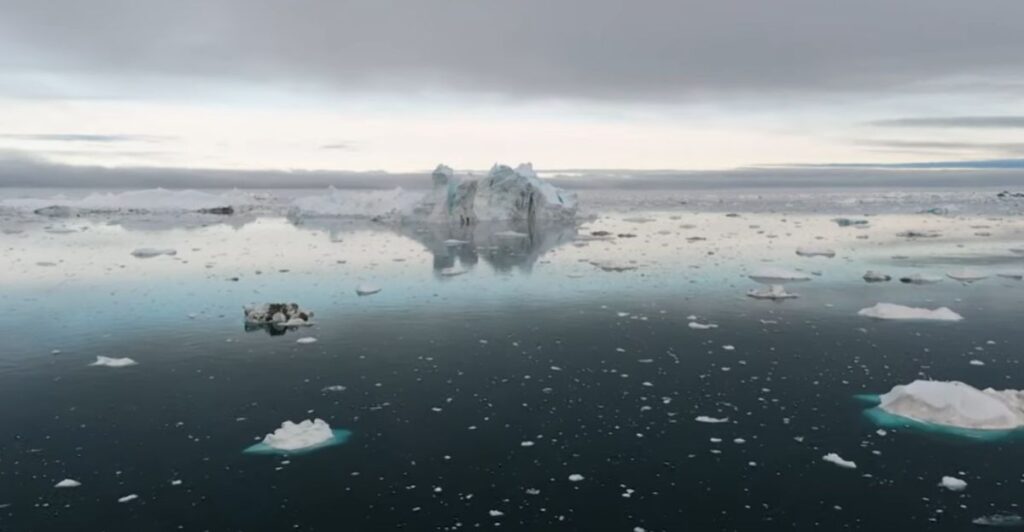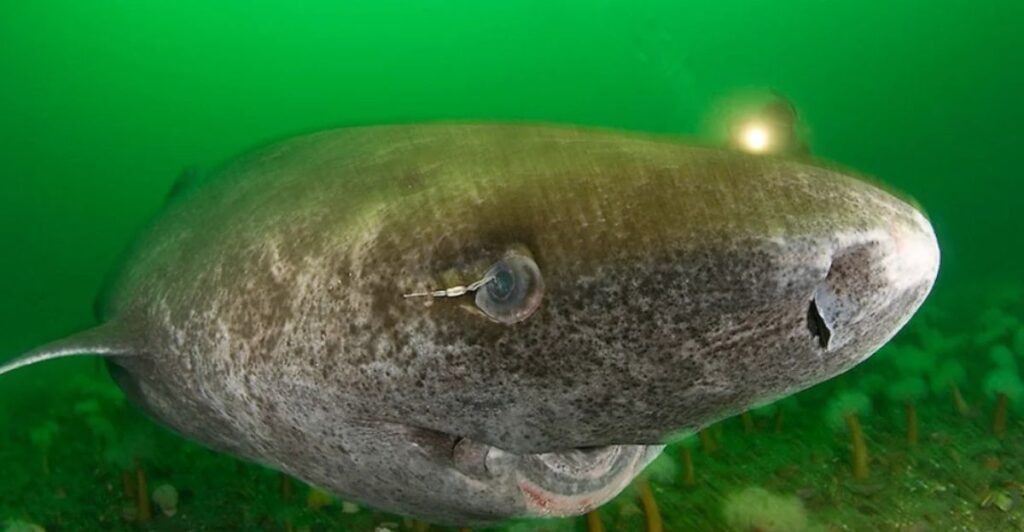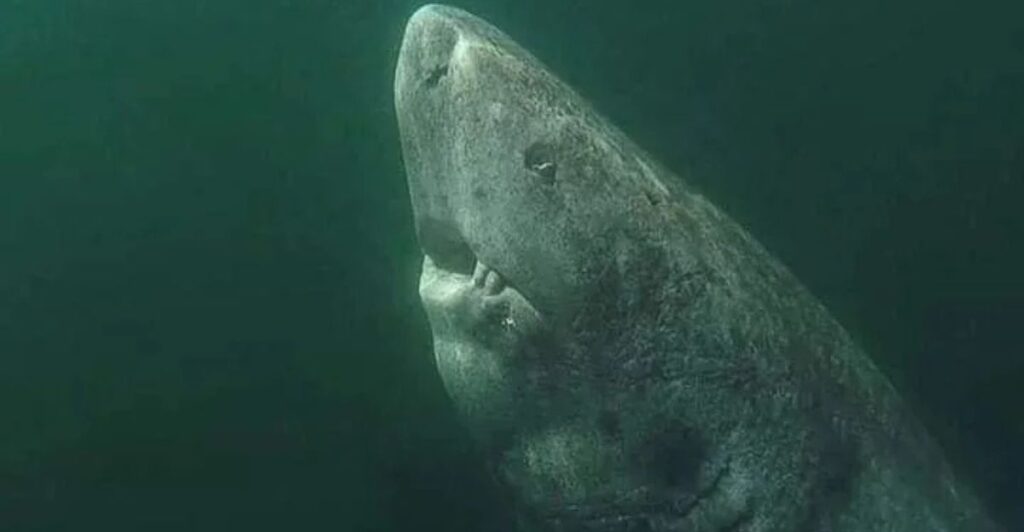
The Greenland shark is a creature of many mysteries, living in some of the coldest, deepest waters on Earth. Known for its astonishing longevity, this slow-moving predator has captivated scientists and researchers for years. While much about the shark remains unknown, its ability to survive in harsh conditions for centuries is a testament to the resilience of nature. From its unique diet to its vital role in the ecosystem, there is much to learn about the world’s longest-living predator.
1. The Longevity of the Greenland Shark

The Greenland shark is officially the longest-living vertebrate known to science. Radiocarbon dating of proteins in the eye lens revealed that these sharks can live for centuries. The research found several specimens over 200 years old. This longevity surpasses even the lifespans of bowhead whales and Galápagos tortoises.
2. How Old Was the Oldest Greenland Shark?

Julius Nielsen’s team estimated one shark to be around 272 years old, but some calculations suggest it could be much older. The star of Nielsen’s study was a female shark measured at 16.5 feet in length. Using radiocarbon dating, researchers estimated her age to be at least 272 years, with a possible upper range of 512 years.
3. How Do They Live So Long?

Greenland sharks have an incredibly slow metabolism, likely an adaptation to the cold, deep waters of the Arctic and North Atlantic. Their metabolic rate is one of the lowest among vertebrates, which scientists believe contributes to their extraordinary lifespan. Plus, living at depths of up to 7,200 feet reduces their energy expenditure.
4. A Unique Diet

These sharks are opportunistic feeders, consuming various prey, from fish to marine mammals. Greenland sharks have even been found with remains of bears and reindeer in their stomachs, although these may have been scavenged. Lastly, their powerful sense of smell guides them to carcasses, which they consume when live prey is scarce.
5. Where Do They Live?

Greenland sharks are native to the cold waters of the North Atlantic and Arctic Oceans. They are commonly found around Greenland, Iceland, and the Canadian Arctic but can also be found as far south as France and Portugal. These sharks prefer depths ranging from 660 to 3,300 feet but can dive much deeper.
6. Their Role in the Ecosystem

As apex predators and scavengers, Greenland sharks play a critical role in maintaining marine ecosystems. By consuming dead and decaying animals, they prevent the spread of disease and recycle nutrients back into the food web. Despite their size, they are slow-moving and do not actively hunt large prey.
7. The Mystery of Their Reproduction

Greenland sharks have been observed giving birth to live young, but their reproduction remains poorly understood. Females give birth to a small number of pups, which are relatively large at birth—measuring over a foot long. However, their low reproductive rate, combined with late maturity, makes them highly vulnerable to overfishing.
8. Why Are They So Slow?

These sharks move at an average speed of just 0.76 miles per hour, making them one of the slowest fish in the ocean. This is likely an adaptation to conserve energy in their cold, low-oxygen environment. Their sluggishness doesn’t hinder their survival. In fact, their slow movements may help them avoid predators and conserve energy.
9. Parasites That Hitch a Ride

A significant number of Greenland sharks are infested with parasitic copepods, which attach to their eyes and feed on corneal tissue. This often leaves them partially or completely blind. Despite the parasites, these sharks rely on their other senses, particularly smell, to hunt. The copepods may even have a symbiotic benefit.
10. Threats to Survival

Greenland sharks face threats from fishing bycatch, pollution, and climate change. As slow-growing creatures, their populations recover slowly from disturbances, making conservation efforts critical. Moreover, increased Arctic activity due to melting ice has led to more accidental catches.
11. Their Cultural Significance

In Inuit mythology, Greenland sharks, or “Skalugsuak,” are both revered and feared, reflecting the harshness of the Arctic. Known for their strength and endurance, these sharks symbolize resilience and adaptability—traits highly valued in Inuit culture, much like the survival skills needed to thrive in such a tough environment.
12. What We Can Learn from Them?

The Greenland shark’s extraordinary lifespan offers insights into aging, resilience, and environmental adaptation. Studying these sharks could help scientists uncover secrets about longevity and develop strategies for human health and conservation. Additionally, their long lives make them vital indicators of environmental changes over centuries.
Stay connected with us for more stories like this! Follow us to get the latest updates or hit the Follow button at the top of this article, and let us know what you think by leaving your feedback below. We’d love to hear from you!







